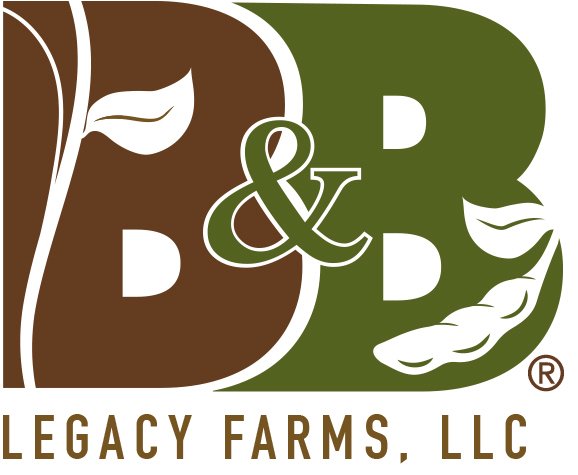Bringing Soy Foods to the Table
A Positive Sign of the Times
Whole soy foods are gaining ground in grocery stores and school nutrition programs, offering a delicious and heart-healthy future for all!
Nutrition is at the heart of America’s public health conversation, and whole soybeans deserve more attention. They’re one of the most nutrient-dense foods—versatile, shelf-stable, cost-effective, and tasty.
Some people take vitamins.
Because of our research, I take vitamins and eat soybeans each week.
Soybeans Bring a Lot to the Table
I’ve learned so much conducting soy food research for the Mid-South Soybean Board. Until recently, whole or minimally processed soybeans were practically a ghost food in America.
Despite being the second-largest crop grown in the U.S., soybeans have primarily contributed to the food system in processed forms, rarely appearing as a whole food option.
But that’s changing.
Things Are Looking Up in Grocery Stores
Tracking whole soy food availability in retail grocery stores has been an important part of our research.
One key question drives our retail surveys: Where are the soybeans? We’ve also monitored medical and public health publications. While research consistently highlights the health benefits of whole and minimally processed soybeans, they’re still often missing from nutritional comparison charts and food imagery. This absence limits public awareness of soy as a highly nutritious, sustainable, and affordable food. See the graphic and chart below for an example.
Where are the soy nuts?
Fact-Checking Nutritional Information
We fact-checked a nutrition blog that posted the picture and chart above. Our fact-checking resulted in changes in the rankings, particularly when we added roasted soy nuts to the comparison chart (see below).
There’s a reason soy is included in so many processed foods—its nutritional value is undeniable.
Soy Nuts: A Protein Powerhouse That Tops the Charts!
Packed with plant-based protein, fiber, and essential nutrients, they make a nutritious and satisfying snack while supporting heart health and overall wellness. What a difference adding soy nuts to the chart makes.
And if you’re wondering whether roasted soy nuts are real nuts—consider this: Like peanuts, soybeans are legumes, not tree nuts.
Food marketing influences perception, but accurate nutritional information matters most.
Progress in Schools: A Step in the Right Direction
Great news! Changes are coming to the child nutrition program in Hawaii. Plant-based menu options are making their way into schools, thanks to forward-thinking legislators and policymakers who recognize the impact of nutrition on future generations!
What will plant-based food options look like in American schools?
Simple ingredient swaps for smoothies, yogurt, salad bars, soups, and casseroles
Delicious food choices with zero cholesterol
High-protein options packed with fiber, iron, and antioxidants
Less saturated fat on every child’s plate
These small but meaningful changes in our food culture will give future generations more nutritious options and, hopefully, improved long-term health.
Life expectancy is increasing in the U.S., while diet-related health issues are decreasing the quality of life for young and old alike. If you have a family history of heart disease or struggle with cholesterol—like I do—this is encouraging news for all of us.
What we eat can be life-changing.
I’m grateful to see more nutritious options becoming available across the U.S.
Have a great month!
~ Karen








